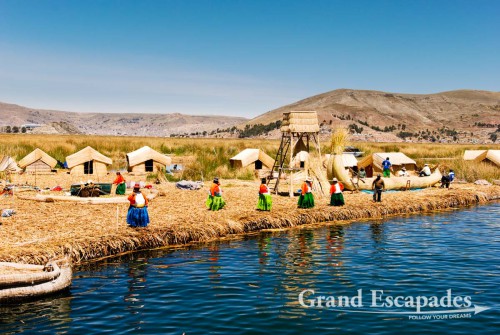
Approaching one of the show-case islands for tourists! – Uros Floating Islands, Lake Titicaca, Peru, South America
Lake Titicaca was the “Sacred Lake” of the Inca. There are many legends about the origin of the Inca Empire. One of these says that Viracocha, the main god or creator god, had his children, Manco Kapac & Mama Ocllo, spring from the water of the lake to found Cuzco and the Inca dynasty. A sacred rock on Isla del Sol, in the Bolivian part of Lake Titicaca, is worshipped as their birth place.
At 3.820 meters, Lake Titicaca is the highest navigable lake in the world. With a surface of 8.500 square kilometres and a depth up to 283 meters, it is the second biggest lake in South America. Lake Titicaca draws lots of tourists, mainly because of the Uros Islands, the floating islands about 7 km offshore.
We actually stayed only two days in Puno, the major hub on the Peruvian side of Lake Titicaca. The reason is that we planed to rather explore Lake Titicaca and some of its islands from Copacabana, on the Bolivian side. This area of the lake is more scenic than the bland bay of Puno and far less touristy and hence more genuine and cheaper, as everything in Bolivia.
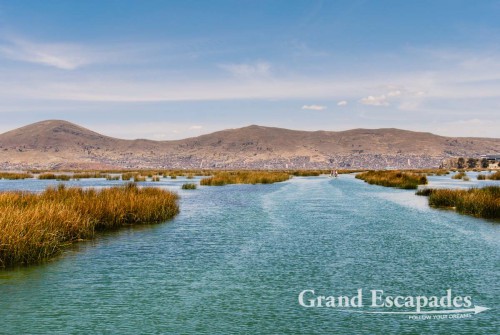
Boat ride on Lake Titicaca going to the Uros floating islands – the reed is used to build the platform for the village, the houses and the boats
On top of that, we were both tired and looking forward to enjoying a little rest from the sometimes challenging rhythm of our travel in South America. In the last 11 weeks we spent one or more nights in 45 different places. Especially the four weeks in Peru were rather strenuous. Most of the time we were 3.200 meters above sea level or higher and the climate at this height is rather extreme, a relentless sun during the day but bitter cold nights without heating. So we planed to treat us to a few days of “vacation” in the famous Hostal La Cupula in Copacabana, Bolivia, before really visiting the Lake, its islands and surroundings.
We decided therefore to concentrate on two highlights apart from the Funeral Towers in Sillustani, the Uros Islands and the Yavari. Which meant skipping some very popular destinations like Taquile & Amantaní, two major islands on the Peruvian side, because we knew we were heading towards Isla del Sol and maybe Isla de la Luna in Bolivia.
The main and most popular attraction on the Peruvian side of Lake Titicaca are the Uros Floating Islands. These are about 40 islands located 7km offshore from Puno. Basically these are platforms built from reeds and the roots of these reeds and anchored on the bottom of the lake 7-8 meters down. The roots, which look more like a solid block, are cut into cubes of about 50 cm and then tied together forming the very base. Then the reeds are laid on top about one meter high, partly submerging in the water but mostly sticking out. Since the lower layer of the reeds rots away, new reeds is added on top regularly.
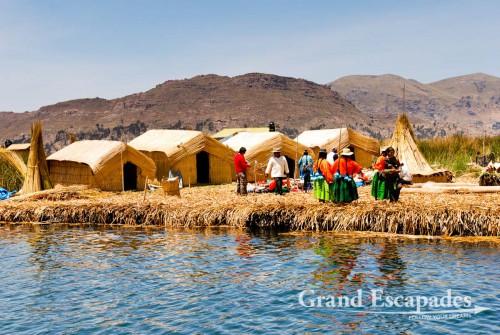
Approaching one of the show-case islands for tourists! – Uros Floating Islands, Lake Titicaca, Peru, South America
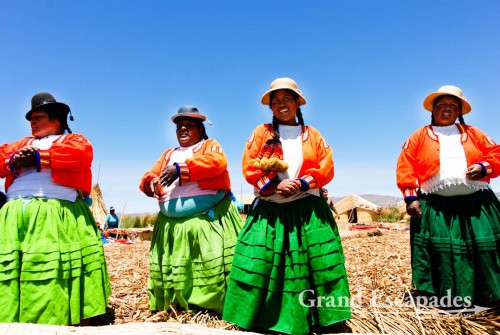
Approaching one of the show-case islands for tourists! – Uros Floating Islands, Lake Titicaca, Peru, South America
These islands vary much in size and architecture, on some of them you can still find the huts made of reeds, whereas others are completely made of tin sheets. The only solid building is a temple of the Seventh Adventists. Their missionaries were the first foreigners to arrive here 42 years ago. You can also find lots of traditional boats made of reeds, but those are rather for tourists: the islanders now prefer modern motorized versions.
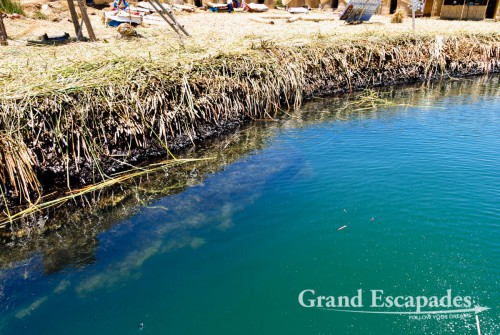
The floating islands are made of the roots of the reeds and are anchored on the bottom of the lake. Thick layers of reeds are put on top. New layers of reeds need to be added regularly – Uros Floating Islands, Lake Titicaca, Peru, South America
Unfortunately, being a major tourist attraction, with more than 1.000 visitors per day in the high season and only slightly less in the rest of the year, the whole spectacle is rather a zoo than anything genuine. It seems that only a few islands are used to present them to the tourists. On them you can buy any souvenir made from reeds and the usual other stuff. The Uros Island are something very unique and therefore it was worth spending half a day there, but what we saw had very little to do with what it once was, not too long ago.

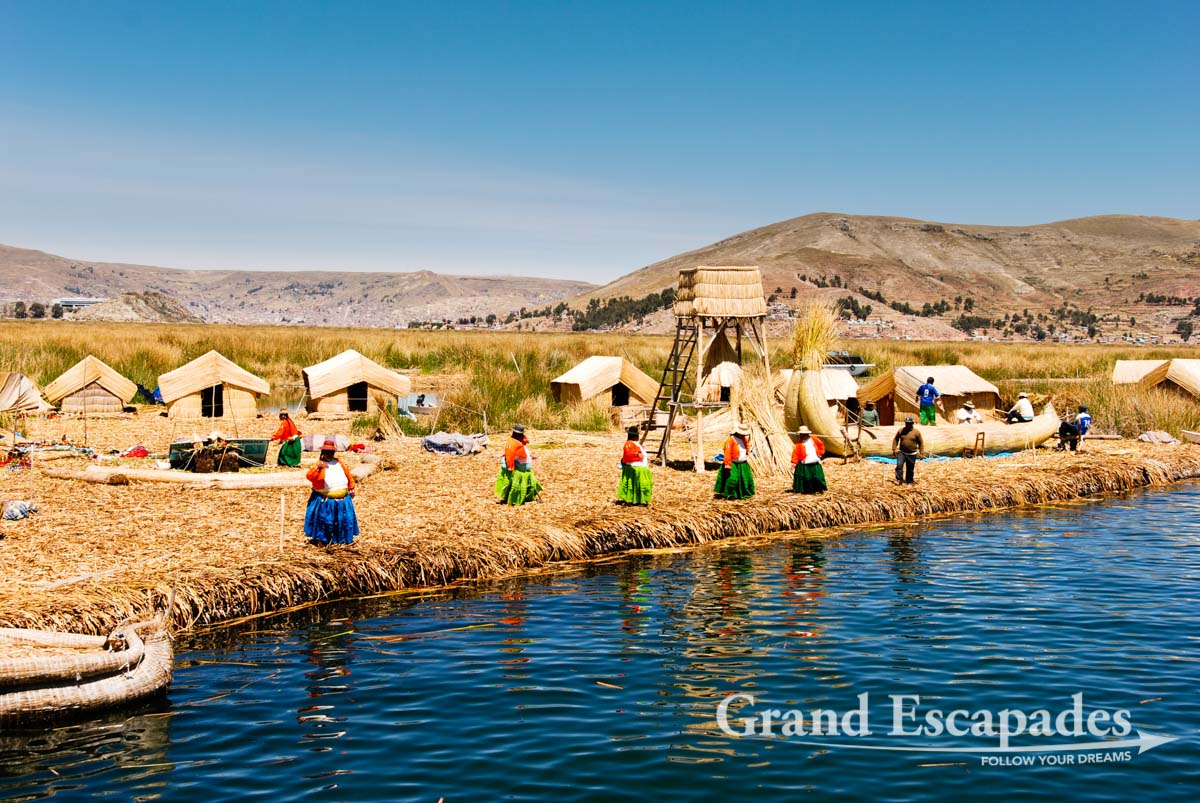
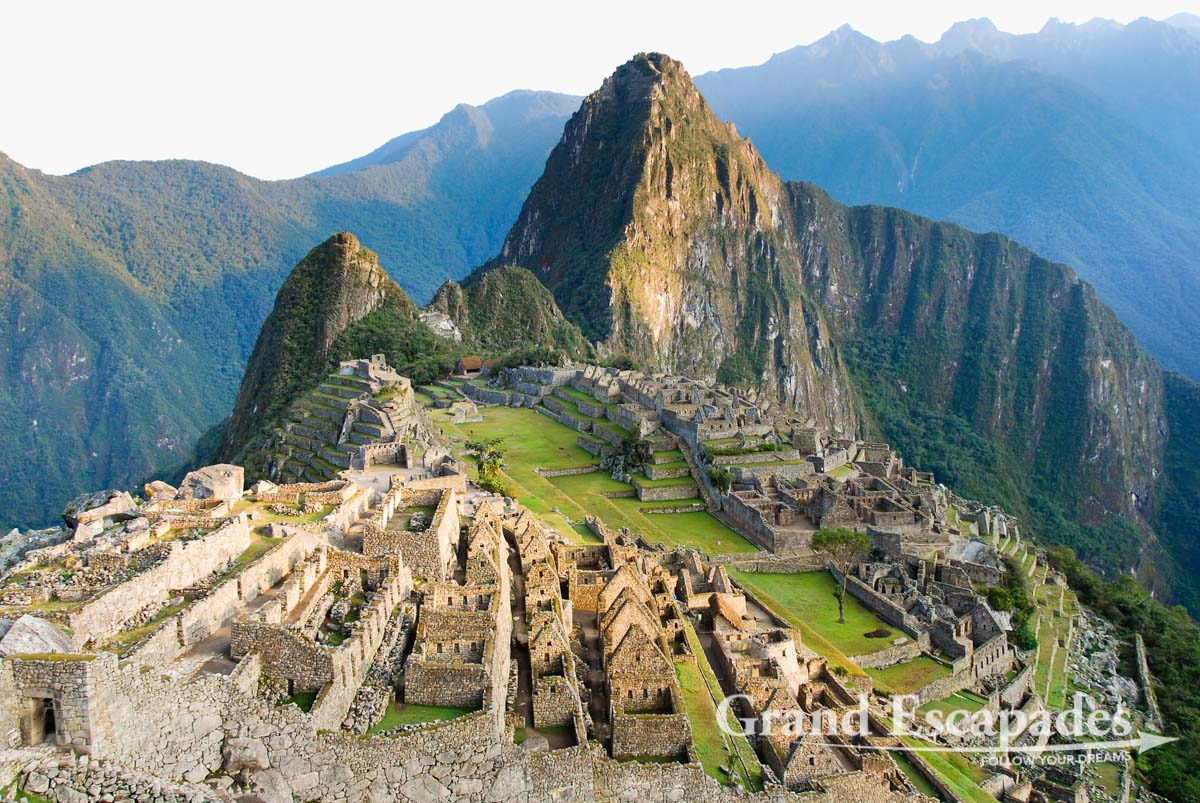
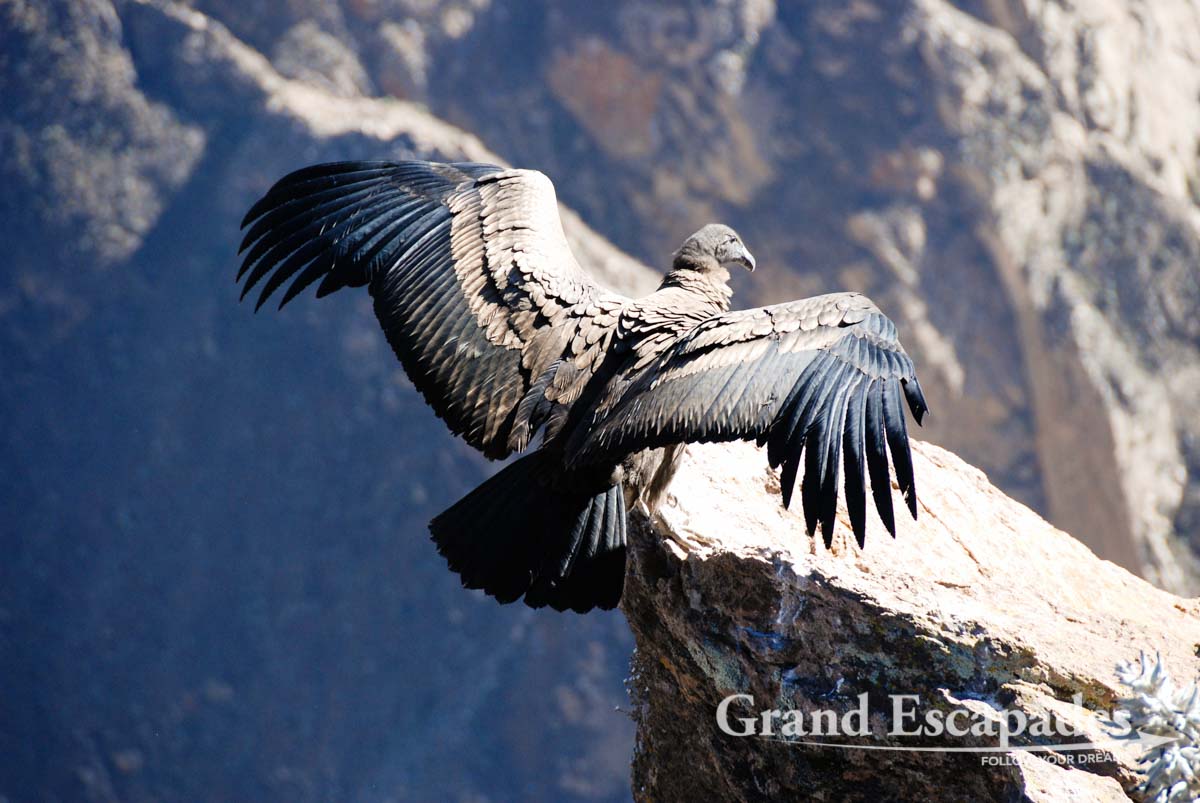
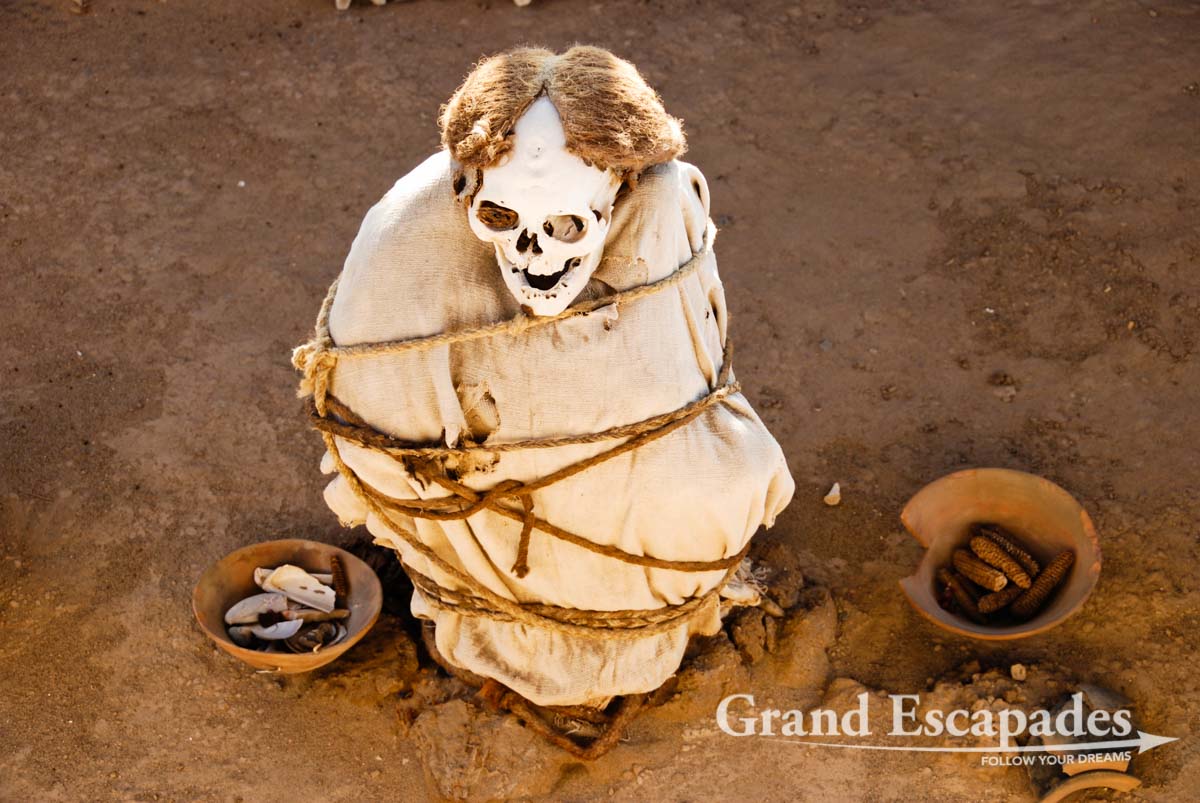
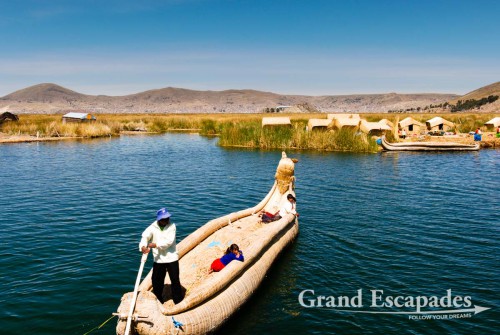


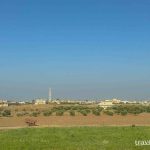
Leave a Reply